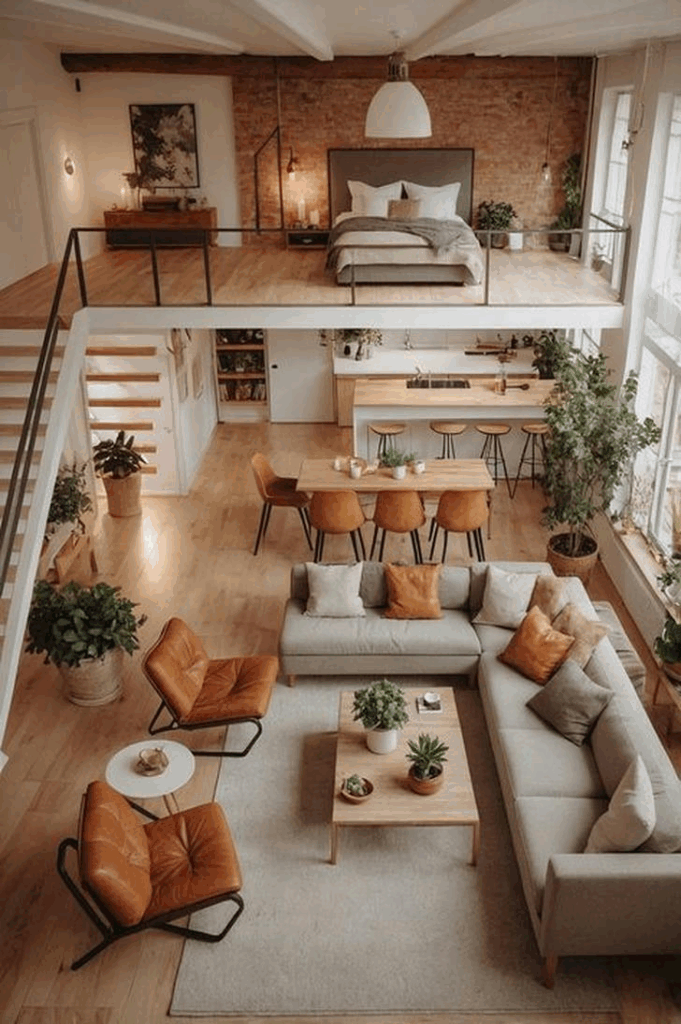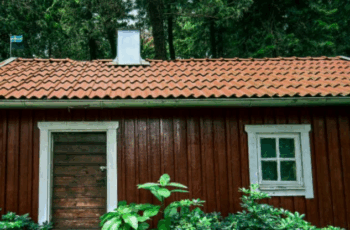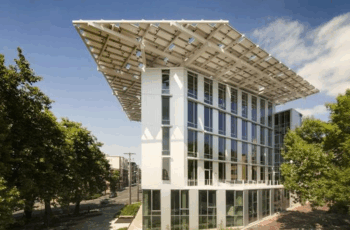
Log cabins have a rich history that stretches back to Northern Europe and North America, where simple, practical wooden shelters were built using natural materials. These early cabins focused on sturdy construction and insulation, designed primarily for function and blending well with rural or mountainous surroundings. Foundations often used natural stone, while the walls and roofs were crafted from untreated wood, resulting in straightforward but durable homes that fit their environment.
As time moved into the 21st century, log cabin design began embracing modern architectural influences. Today’s cabins often feature open floor plans that encourage smooth movement throughout the space, larger windows to invite more natural light, and eco-conscious materials that meet current environmental standards. These updates not only increase comfort but also improve the overall functionality of the cabin.
Take, for example, a young couple who sought a vacation home that combined the charm of traditional timber construction with modern conveniences. Their cabin includes an open kitchen, a roomy living area, and expansive glass doors that lead to a balcony, creating a seamless flow between indoors and outdoors. This balance lets them enjoy nature while benefiting from the comforts of contemporary living.
Looking ahead, sustainability is becoming a central focus in log cabin design. Builders are exploring greener materials and innovative construction methods like Cross-Laminated Timber, which offers strength and lightness, allowing for larger, more complex cabins without compromising structural integrity. Smart home technologies are also being integrated, letting residents effortlessly control lighting, blinds, and energy use based on real-time conditions, making life easier and more energy-efficient.
Overall, the story of log cabins is one of transformation—from humble shelters to modern homes that honor tradition while meeting today’s needs. By blending classic building techniques with fresh ideas and a commitment to sustainability, log cabins continue to provide inviting spaces that connect people with nature without sacrificing modern comforts. This evolution ensures they remain a desirable choice for many seeking harmony between the past and present.


